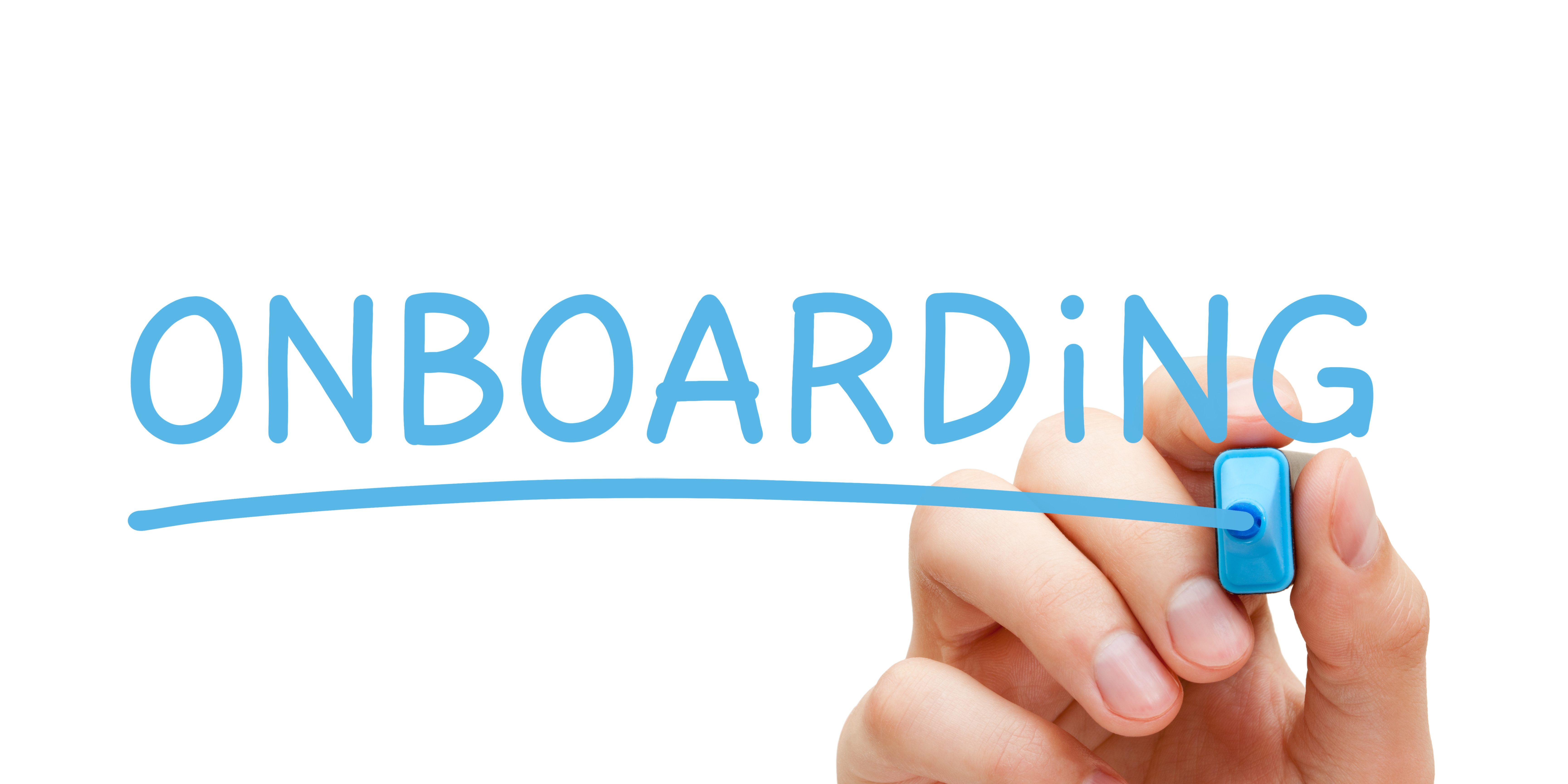The first days of a new job are like stepping into a new world. The excitement, the uncertainty and the desire to make a positive impact — all come together during this critical period. As an employer our responsibility is not only to welcome new hires but also to set them up for success. Effective onboarding is the bridge that connects their potential to our organisation’s growth.
Why Does Onboarding Matter?
Onboarding is more than just paperwork and introductions. It shapes the employee experience, influences retention rates and impacts overall productivity. With a new peak in new employee turnover within the first 6 months, a well-designed onboarding process ensures that new hires feel confident, informed, and aligned with the company’s mission. Here’s how you can create an effective onboarding program:
- Start Early: Pre-Boarding Matters
Onboarding begins before the official start date. Pre-boarding activities can include:
-
- Welcome Email: Send a warm welcome email with essential information, including the first-day agenda, dress code, and any pre-reading materials.
- Paperwork: Streamline paperwork by using digital forms. Provide clear instructions on what documents are needed.
- Reflect the Workplace Model in the Process
Consider your company’s work model (in-person, hybrid or fully remote) and tailor the onboarding process accordingly:
-
- Hybrid Model: If your company follows a hybrid approach, blend in-person and virtual meetings. Let new hires meet colleagues face-to-face and understand the workplace dynamics.
- Virtual Onboarding: For remote teams, ensure seamless virtual onboarding. Use video calls, collaborative tools, and virtual tours to introduce the company culture.
- Assign a Mentor / Partner for the First 90 Days
New hires often feel overwhelmed. Assign them a “First 90 Days” partner — a seasoned employee who can guide them:
-
- Buddy System: This buddy provides answers, clarifications and emotional support. It’s someone they can turn to without hesitation.
- Cross-Functional Pairing: Ideally, the buddy should not be from the new hire’s direct team. This encourages cross-functional connections.
- Customise Onboarding for Each New Hire
One size doesn’t fit all. Personalise the onboarding experience:
-
- Individualised Plans: Create a 90-day onboarding plan with weekly itineraries. Define expectations, key learnings and growth objectives.
- Role-Specific Training: Tailor training sessions based on the new hire’s role. Cover technical skills, tools and processes.
- Introduce the Company Culture
Culture is the heartbeat of any organisation. Make sure new hires feel its rhythm:
-
- Values and Mission: Share the company’s core values and mission. Explain how their role contributes to the bigger picture.
- Meet the Team: Arrange virtual or in-person introductions. Encourage informal chats beyond work-related discussions.
- Regular Check-Ins and Feedback
Onboarding doesn’t end after the first week. Maintain ongoing support:
-
- Weekly Check-Ins: Managers should have regular touchpoints with new hires. Address any concerns promptly.
- Feedback Loop: Ask for feedback on the onboarding process. Use it to refine and improve.
Effective onboarding isn’t a one size fits all, it’s a journey. By incorporating a structured and personalised approach, introducing the company culture, and providing training and development opportunities, you can set your new hires up for success from day one. Remember, their success is our success — the ripple effect of a well-executed onboarding process extends far beyond the individual.





